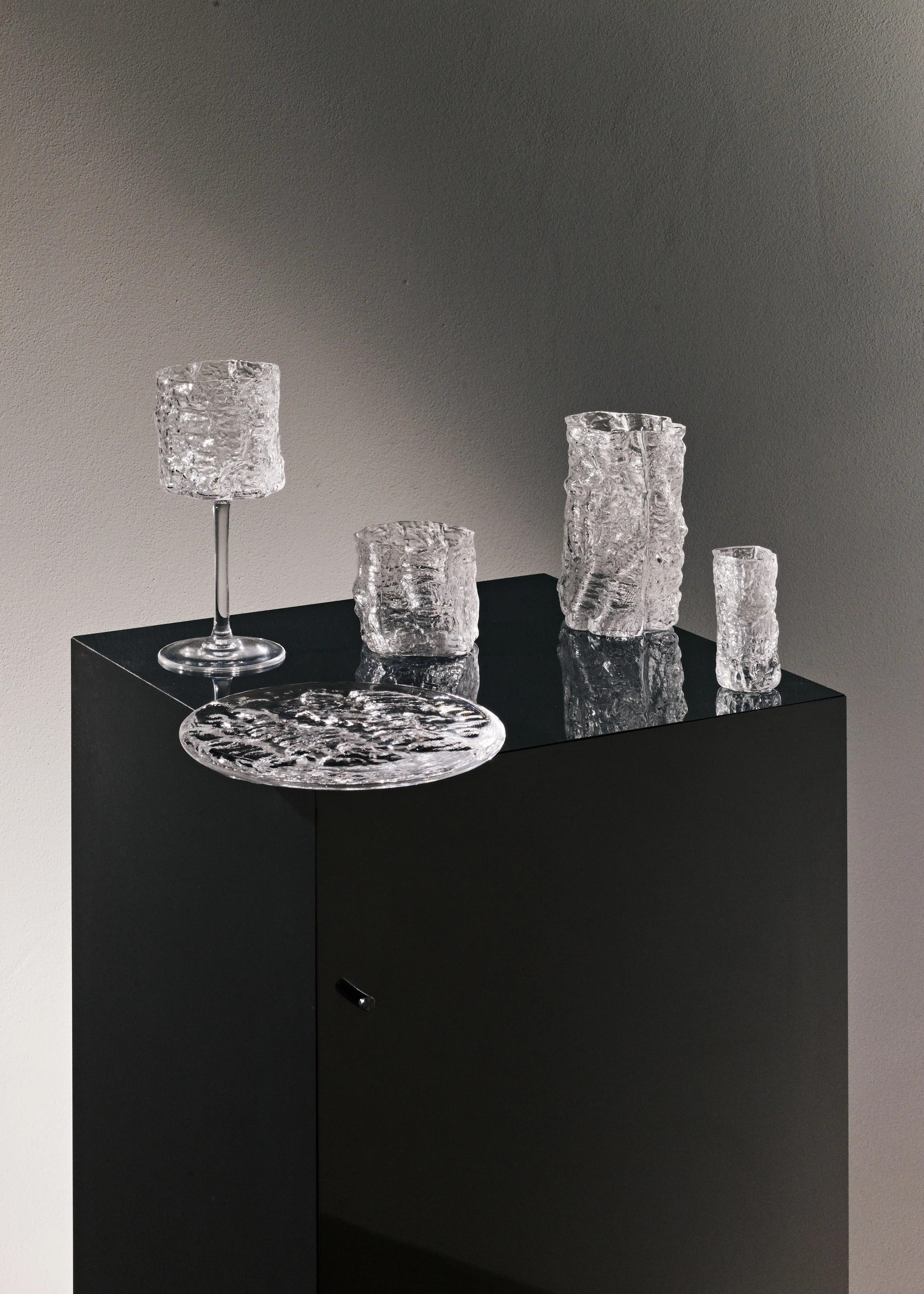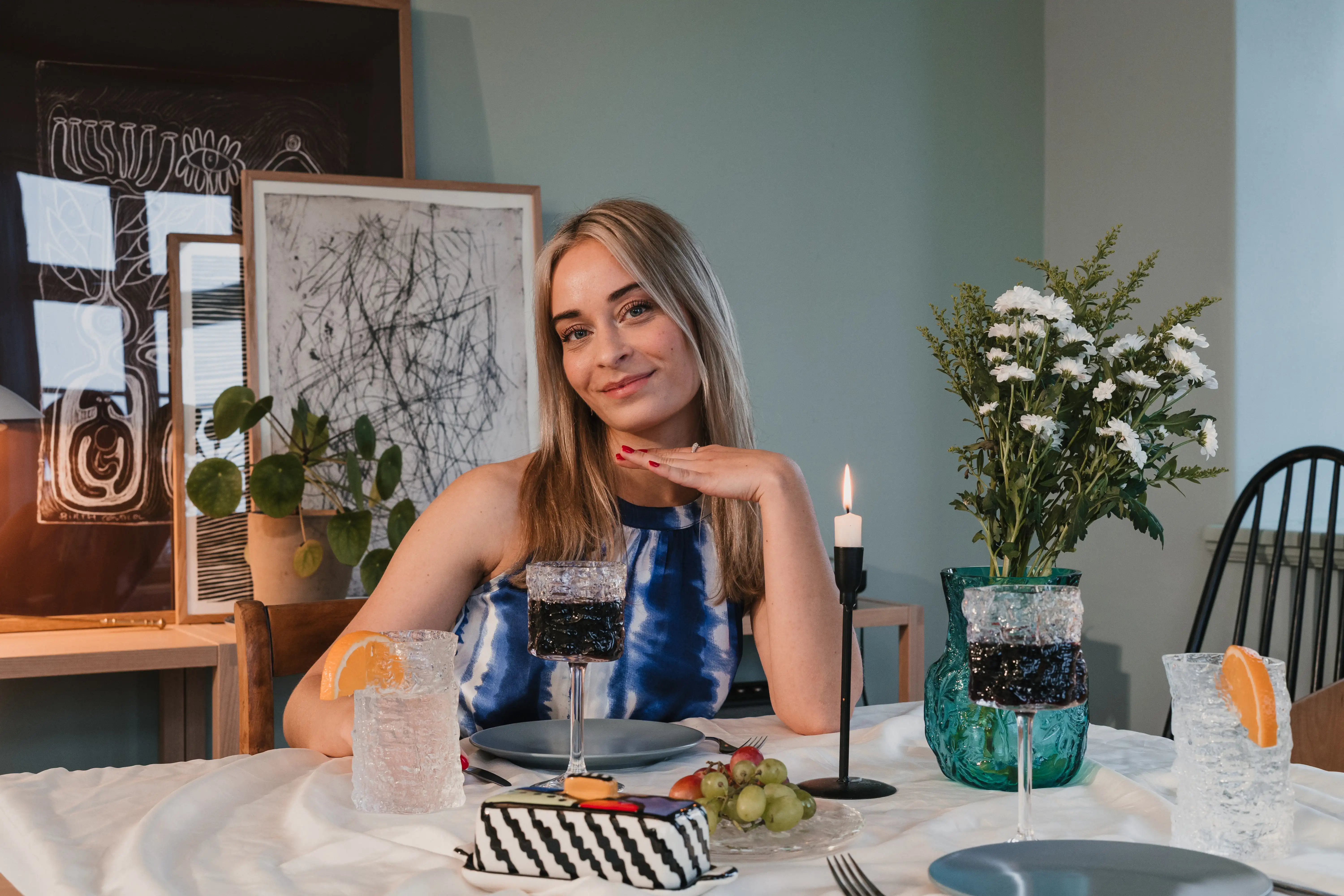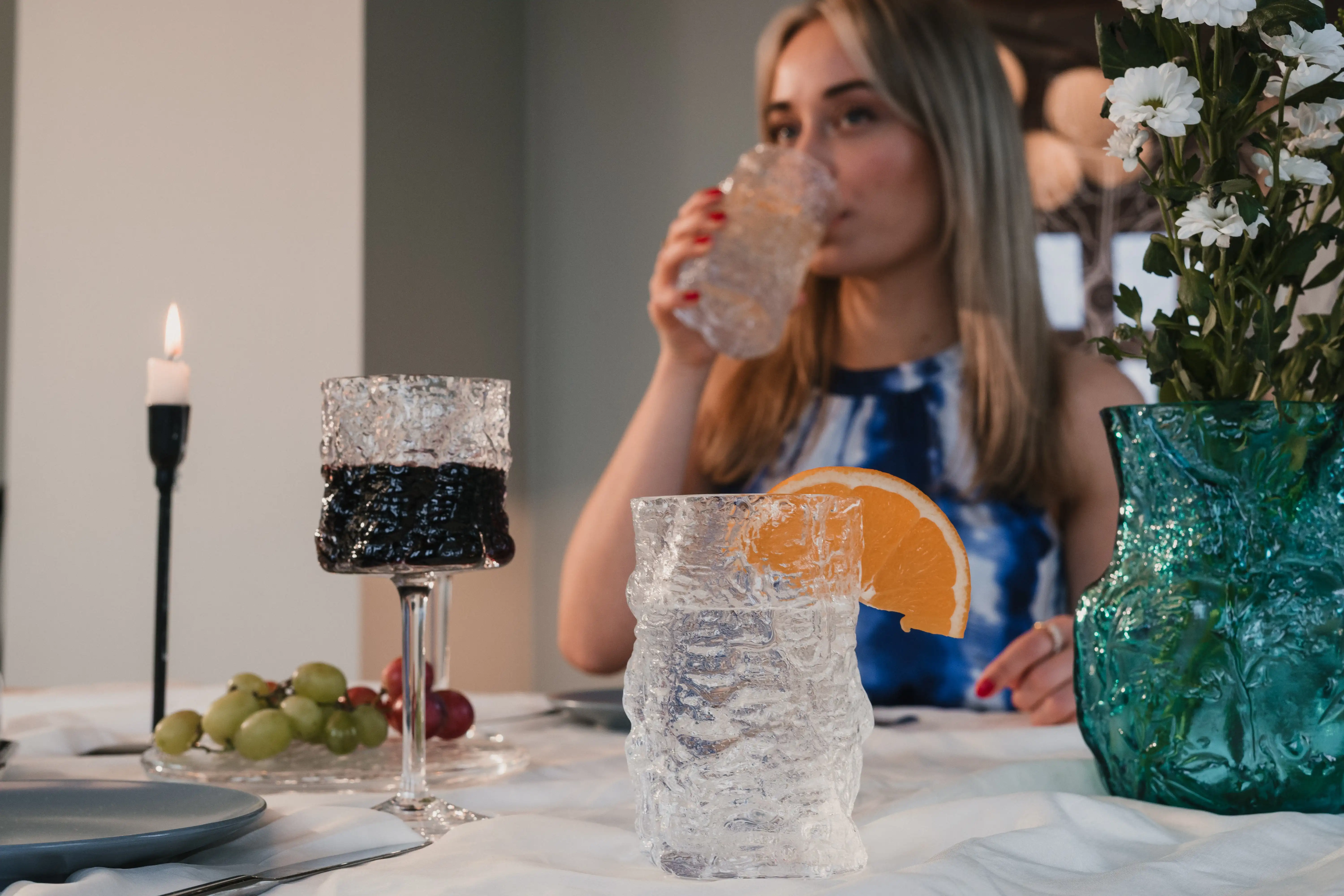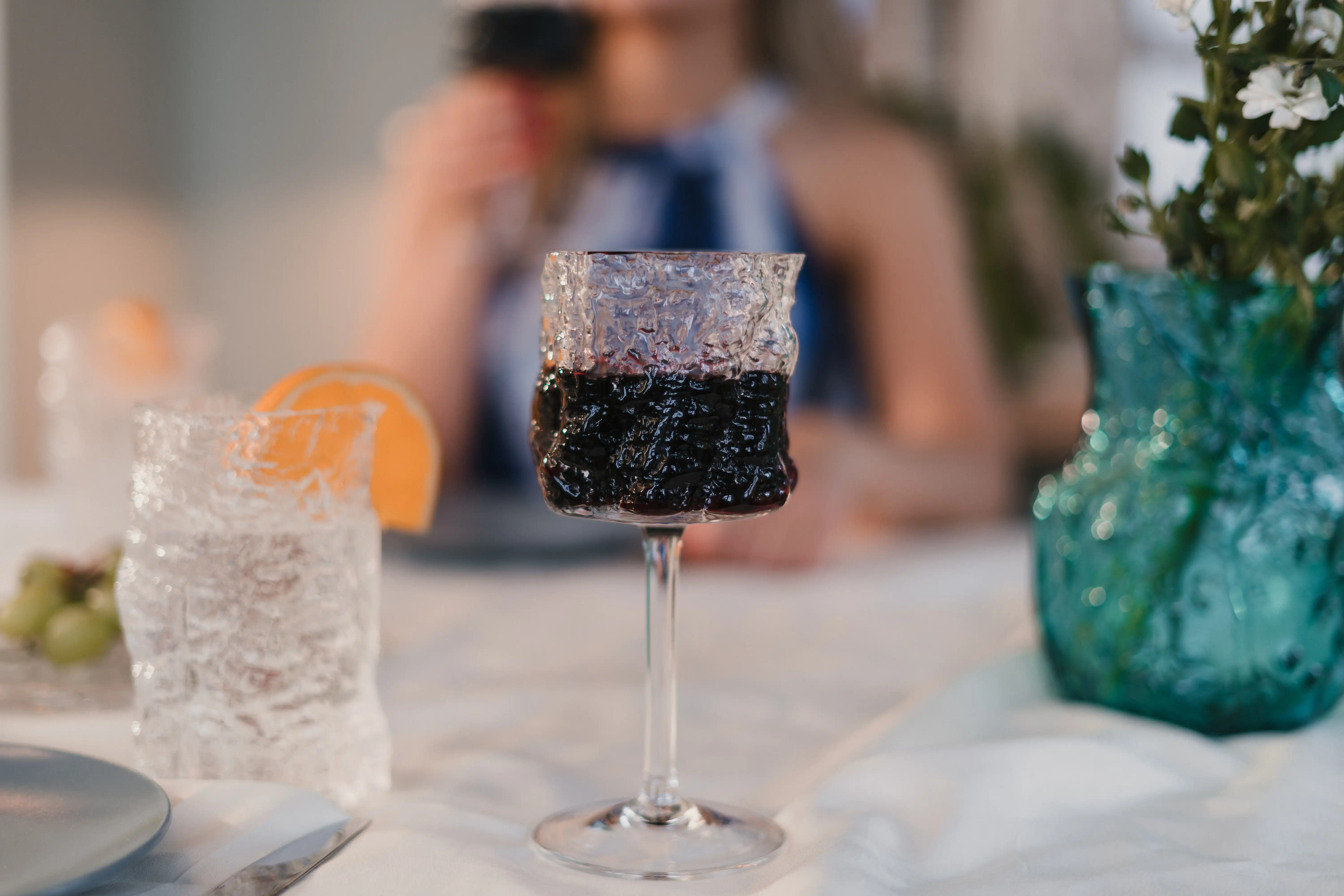Scandinavian design, especially from Denmark, is legendary. But why are Czech styles on the rise? While Czech and Scandinavian minimalism share a love for reduction, functionality, and high-quality materials, they differ in aesthetics, material choices, and cultural influences.
Color & Material Choices
Czech minimalism embraces warm, earthy tones like ochre, brown, dark green, and deep blue. Wood, glass, and metal are often combined with handcrafted details. Bohemian crystal glass and Cubist elements serve as signature design statements. Bohemian crystal glass is a high-quality glass product from the historical region of Bohemia (now the Czech Republic), renowned since the 13th century for its exceptional purity, brilliance, and craftsmanship. In contrast, Scandinavian minimalism is characterized by light, neutral colors (white, beige, light gray, or pastel tones). It often aligns with the Hygge concept, which creates a soft look focused on coziness. Hygge describes a sense of contentment and security achieved through a pleasant atmosphere, good food, and small moments of happiness. Light woods (e.g., birch) and textiles such as linen and wool are also dominant.
Shapes & Design Philosophy
Prague design is often characterized by geometric and Cubist shapes. Geometric here refers to clear, simple forms like circles, rectangles, triangles, or squares, representing functionality and precision. Angular, clean lines with an architectural character are typical.
The Scandinavian style, on the other hand, favors softer, organic shapes with flowing lines. The Hygge concept is reflected here as well, along with the sustainability principle of Lagom. Lagom is a Swedish concept that stands for balance—not too much, not too little, just the right amount. Scandinavian furniture often features rounded edges to create a homely atmosphere. Additionally, many Danish and Swedish design houses rely on serial production, whereas Czech design is still heavily influenced by traditional craftsmanship.
Summary
While Scandinavian minimalism often appears bright and cool, Czech style brings a warmer, earthier touch to interiors. Colors and materials are often more natural, combined with fine details and craftsmanship.
Which Style for Whom?
While Scandinavian minimalism often appears bright and cool, Czech style brings a warmer, earthier touch to interiors. Colors and materials are often more natural, combined with fine details and craftsmanship.
Scandinavian minimalism, on the other hand, is ideal for fans of light colors, soft lines, and cozy warmth.
What is Cubist Furniture Design?
Czech Republic is one of the few countries where Cubism has influenced not only painting but also architecture and furniture design. Original furniture pieces from this era are highly sought after, and some manufacturers offer modern interpretations. Cubism was an avant-garde art movement that emerged in Paris at the beginning of the 20th century. It was mainly shaped by Pablo Picasso and Georges Braque and revolutionized the representation of perspective and space.
Characteristics of Cubism:
- Decomposition of shapes: Objects and people were broken down into basic geometric shapes like cubes, cones, and cylinders.
- Multiple perspectives simultaneously: Instead of a fixed perspective, multiple views of an object were combined in one image.
- Distorted proportions: Realistic representation was abandoned in favor of abstract, angular shapes.
While Cubism became internationally known in painting, in the Czech Republic, a unique cubist architecture and interior design developed:
- Cubist furniture: Czech designers such as Pavel Janák and Josef Gočár designed cubist furniture with sharp-edged, geometric shapes.
- Cubist buildings: In Prague, there are still examples of cubist architecture, such as the House of the Black Madonna with its famous cubist café.
- Cubist decorations: Lamps, vases, and other home accessories were designed in the cubist style – a true rarity in design history.
What is Special About Czech Ceramics & Porcelain?
Czech ceramics and porcelain have a long tradition and are known for their high-quality craftsmanship, fine decorations, and precision. The designs range from classic blue-and-white patterns to modern, minimalist interpretations.
Notable Styles:
- Bohemian porcelain: Particularly fine, slightly translucent hard porcelain made from high-quality kaolin deposits.
- Floral & baroque decorations: Many traditional Czech porcelain manufacturers focus on delicate, hand-painted floral motifs.
- Matte & textured surfaces: Unlike classic glossy porcelain, many pieces feature matte, natural textures.
What Are the Trends in Czech Ceramics?
Many small workshops focus on craftsmanship and create handmade unique pieces – a trend that resonates with many collectors. Collecting is also popular: Traditional Cibulák porcelain is extremely sought after by collectors. In the luxury sector, Czech porcelain often serves as an aesthetic contrast to modern interiors.
Who is Elis Monsport?
Elis Monsport is a designer from Prague who follows her own artistic path and brings her ideas to life with meticulous craftsmanship. Her works stand out through the fusion of fine and applied arts and are deeply inspired by nature – particularly landscapes, mountains, and the interplay of light and texture.
Using techniques such as glass engraving and shaping, she creates unique, dreamlike objects that transform interiors. One of her notable works is the Punk Meadow vase, created by blowing glass into wooden molds followed by manual processing.
Monsport's works have been exhibited internationally, including at the London Design Fair 2018 and Designblok 2023 in Prague. Exhibitions are planned for 2025 at the Collectible Fair in Brussels and New York.
Some products by Elis Monsport can be found here:
https://shop.peakville.com/produkt/shot-glaeser-forester/



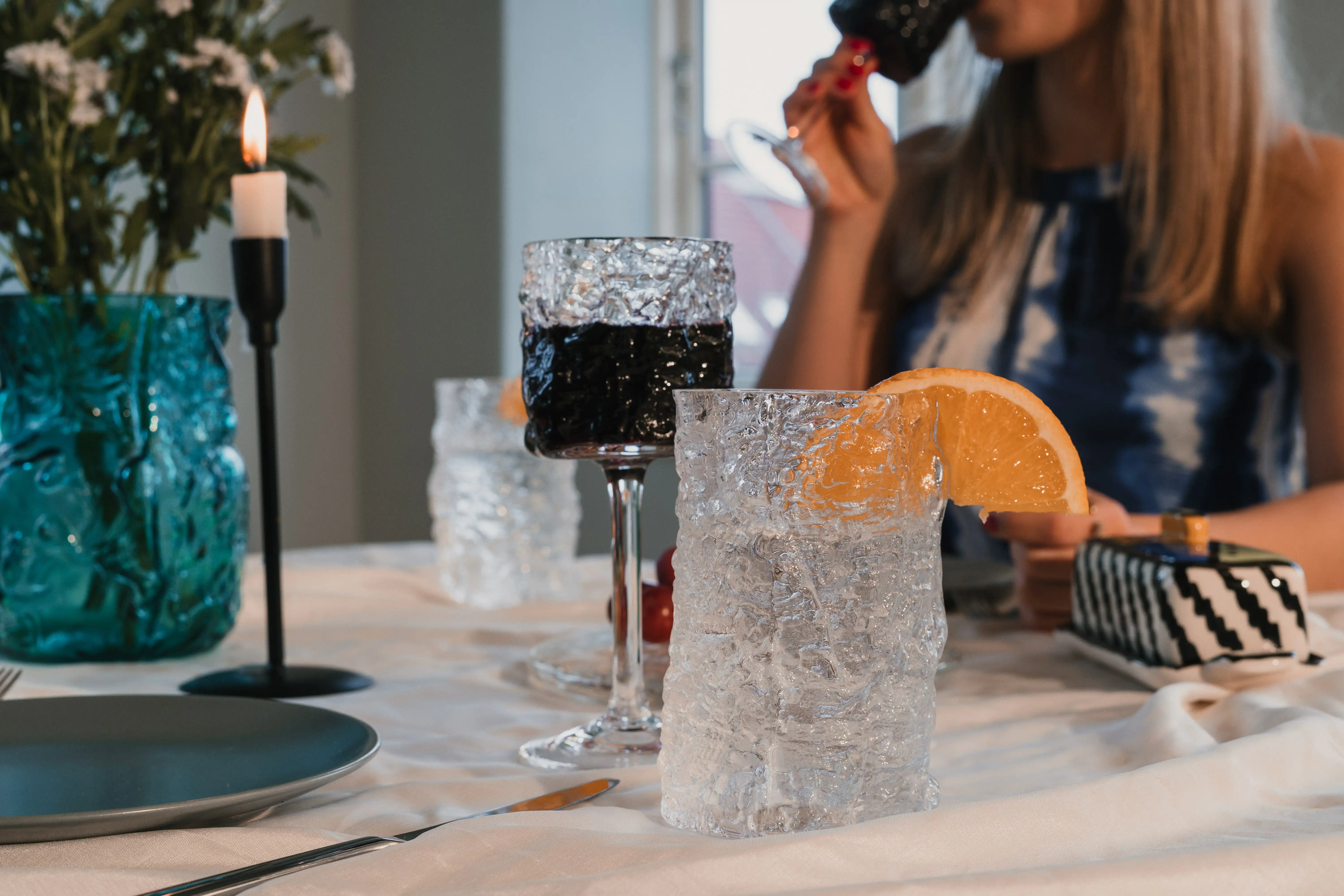
 Facebook
Facebook
 Twitter
Twitter
